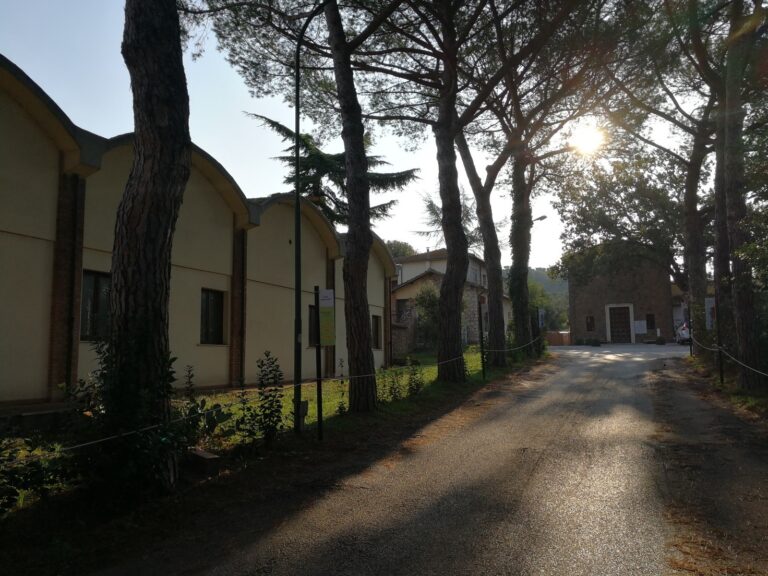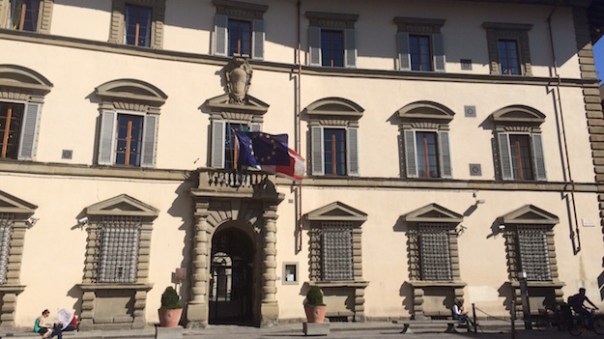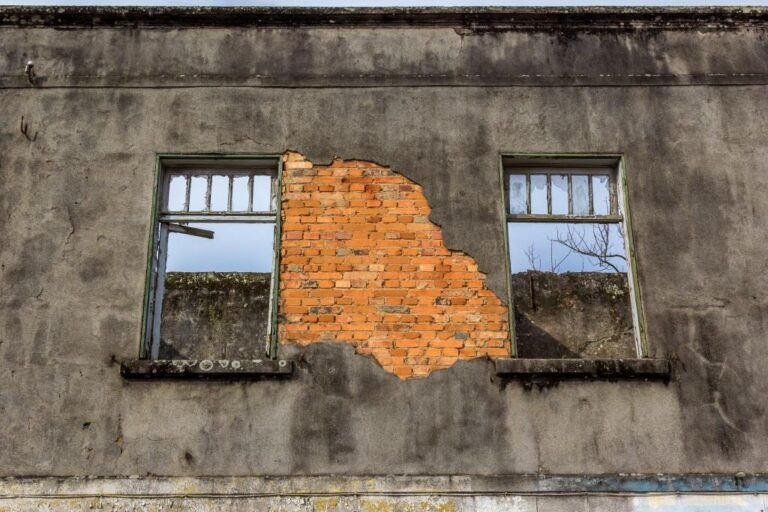Smart cities, metropolitan city, resilient community, sustainability…: how many slogans have been launched in recent years to basically always say the same thing, and that is to make the livable communities, people-friendly, attentive to the common good.
An important step forward is represented by the possibility for citizens to manage and enhance disused public goods.
Let's start with the data:
One house out of ten in Italy is unused,
more than 20,000 brownfield sites across Europe,
1,700 unattended railway stations in our country.
In Veneto alone, vacant industrial warehouses account for around 20% of the total;
in Tuscany, out of a total of 132 roadmen's houses, 64 were transferred to the Region pending a new destination;
in Milan and the Province the 11% of the offices, equal to an area of 1.3 million square metres, are empty.
A building stock waiting to be revitalized. Among the abandoned goods there is everything: from power stations to theaters and cinemas, from libraries to hotels, from railways to sports facilities, and also car parks, hospitals, homes, offices, industries, warehouses… And all in large quantities: million hectares of land, tens of millions of cubic meters that await a use, a recovery, a new life.





